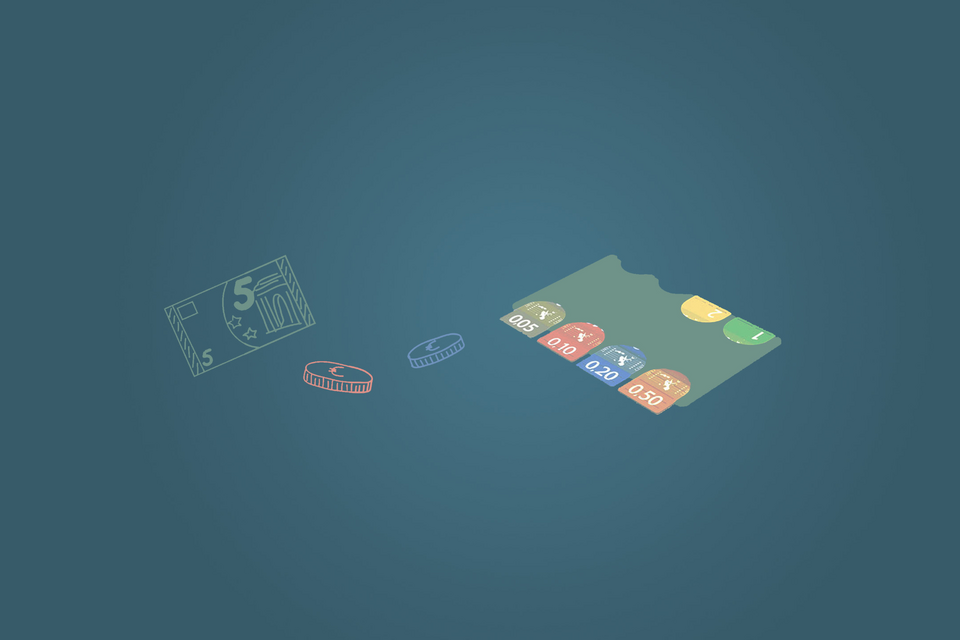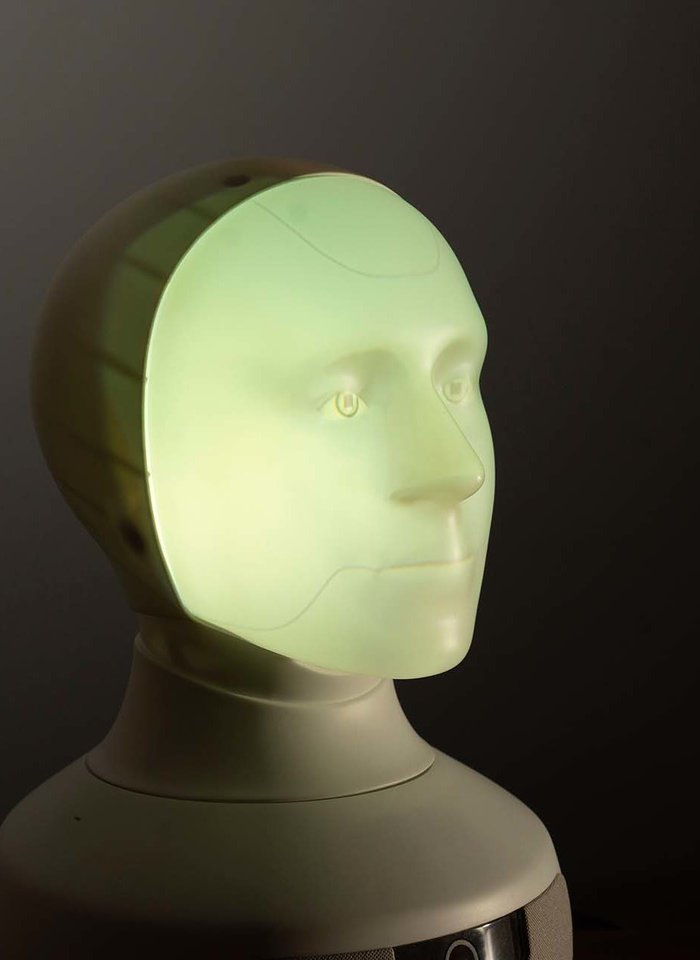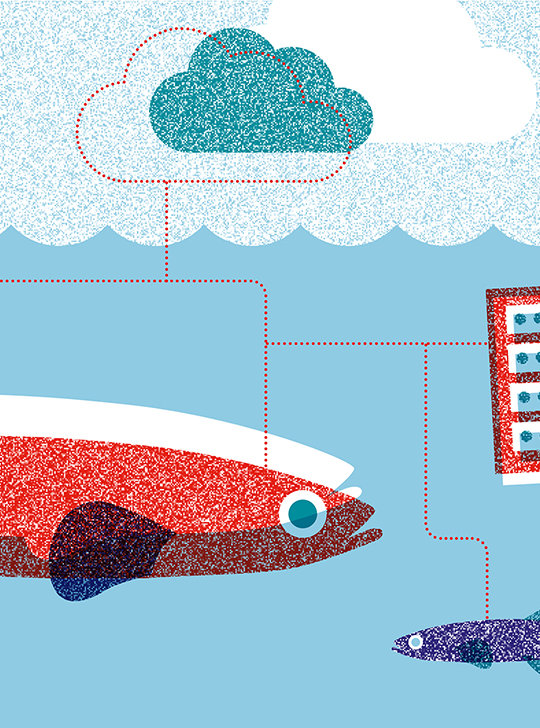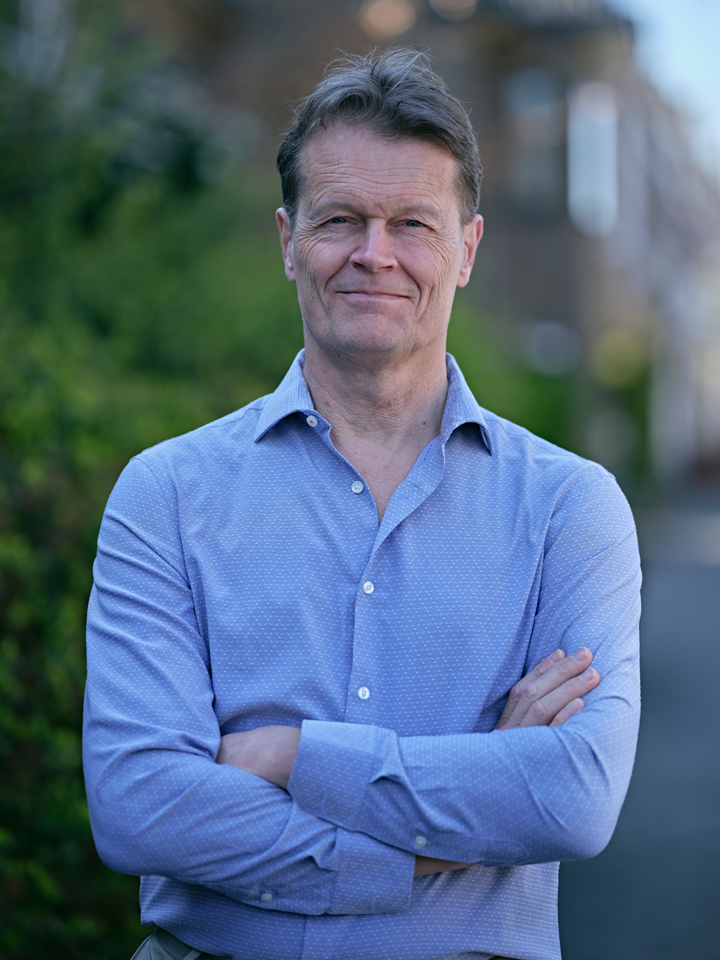The Dutch coastline is continually changing. Coastal engineer Sierd de Vries is using small ventilators, home-made wind tunnels, drones, jet skis and laser scanners to gain an insight into the development of coastal areas and dune formation. He can often be found sitting close to the Sand Motor counting grains of sand. It’s all in aid of providing more accurate predictions of the long-term changes affecting the coastal landscape.
Sierd de Vries has seen many a coastline from the vantage point of a surfboard or sailboat. No matter what the weather, he can be found on the beach to practice his favourite sports. And as a coastal engineer he can’t help but cast a professional eye as well. It’s an ideal way of combining his passion for the sea with his work. ‘Often my surfing mates will have already caught a couple of waves while I’m still out in the dunes. I get fascinated by all sorts of things, like the width of the beach or the steepness of the dune foot.’
Coastal change
The Dutch coastline is over 450 kilometers long. Its appearance can vary greatly depending on the area, De Vries says. ‘Human and natural influences are a constant source of change. Some parts of the coast get a lot of wind, making the landscape a little bare looking while others are wetter resulting in natural areas with a lot of vegetation. Other parts are built up, such as the harbour areas. All these factors influence the look of the coastal landscape and determine if it will remain stable or change in the short term.
De Vries and his colleagues are learning more and more about the influences that shape the coastline. ‘We can see that marram grass and sand nourishment can limit dune erosion and even promote dune growth in some places. We are also increasing our understanding of the impact of sea level rise on the coast. One striking finding is, for instance, that the beach and dune sometimes rises in tandem with sea levels.
Dune formation
De Vries is currently focusing his attention on the coastal dunes and their development over time. ‘We need to be able to chart what will happen to the dunes long-term, say a period of 30 to 50 years. It’s the only way to tackle challenges like climate change and coastal safety. Such a long-term approach is relatively new. If we want the coastal dunes to develop sustainably, we will need to study the dynamics at work in an integrated way. That means we must look at both human interventions and natural influences. The aim of my research is to make a more accurate prediction of what the coastal landscape will look like and how it may best be developed.’
One of the projects De Vries is working on is DuneForce, a collaboration between TU Delft and the University of Wageningen. Together they are trying to develop a dune system which combines coastal safety with ecological values. TU Delft is contributing the civil engineering know-how while Wageningen is bringing its ecological knowledge to the fore. De Vries: ‘A joint project like this is fairly unique. Not long ago the focus in coastal development would be on the separate aspects.’
Civil engineering versus ecology
Civil engineers and ecologists are not always on the same page when it comes to what is best for the coastal landscape. ‘From a coastal safety point of view, it is best to plant the same type of vegetation. It is usually marram grass because it binds the sand and prevents it from blowing away. But an ecologist would say that a more dynamic system with more biodiversity is more beneficial. But that would make for unstable dunes and that is something the engineers want to avoid. We need to find a consensus in which both functions can develop simultaneously or strengthen each other.’
Counting grains of sand
To monitor how a dune develops De Vries sometimes finds himself carrying out a seemingly impossible task: counting grains of sand. Technology lends a hand, however. ‘I use lasers to establish the number of grains of sand that are carried off by the wind. I also measure the force of the wind so I can calculate how much sand is moved at a certain speed. If it rains the volume will be less. The texture of the sand is important too. Fine grains will be blown away that much easier. I have constructed small wind tunnels using ventilators and wooden boards. They offer a more controlled environment for my research and an alternative for the wind on a quiet day.
The Sand Motor
Most of De Vries’s dune research takes place on the Sand Motor, an artificial sand peninsula off the coast of The Hague. The Sand Motor, which was constructed by the Dutch ministry of infrastructure and water management and the Zuid Holland provincial authorities, is part of the coastal defence system, a recreational beach as well as a field lab for TU Delft researchers. De Vries was involved in the construction of the Sand Motor from the start when he was still a PhD student and he has never left. ‘The Sand Motor gives us the opportunity to see how an artificial coastal segment develops from the ground up. Everything is designed to give us the perfect means to monitor and explain the processes that are taking place.’ (see box)
Building with nature
De Vries uses his data to create a mathematical model. Data ranging from how the sand moves and how much of it is moved at different wind speeds or when it rains, to vegetation growth and the growth rate of the dunes. The model will enable him to predict the development of the coast in a certain site. ‘If you want to improve the protection of certain coastal segments, sand nourishment on the beach or in the water can help dunes grow and strengthen naturally. The wind and the sea move the sand and do the work for us. It’s a good example of man helping nature and nature helping man. It’s probably much more effective than getting the diggers out and building a dune from scratch.’
De Vries believes his research will help determine the condition and look of sandy coasts around the world in years to come. The Dutch coast will be safe and attractive at the same time if he has anything to do with it. But first he needs to get to the bottom of how those grains of sand move. So off to the Sand Motor it is.


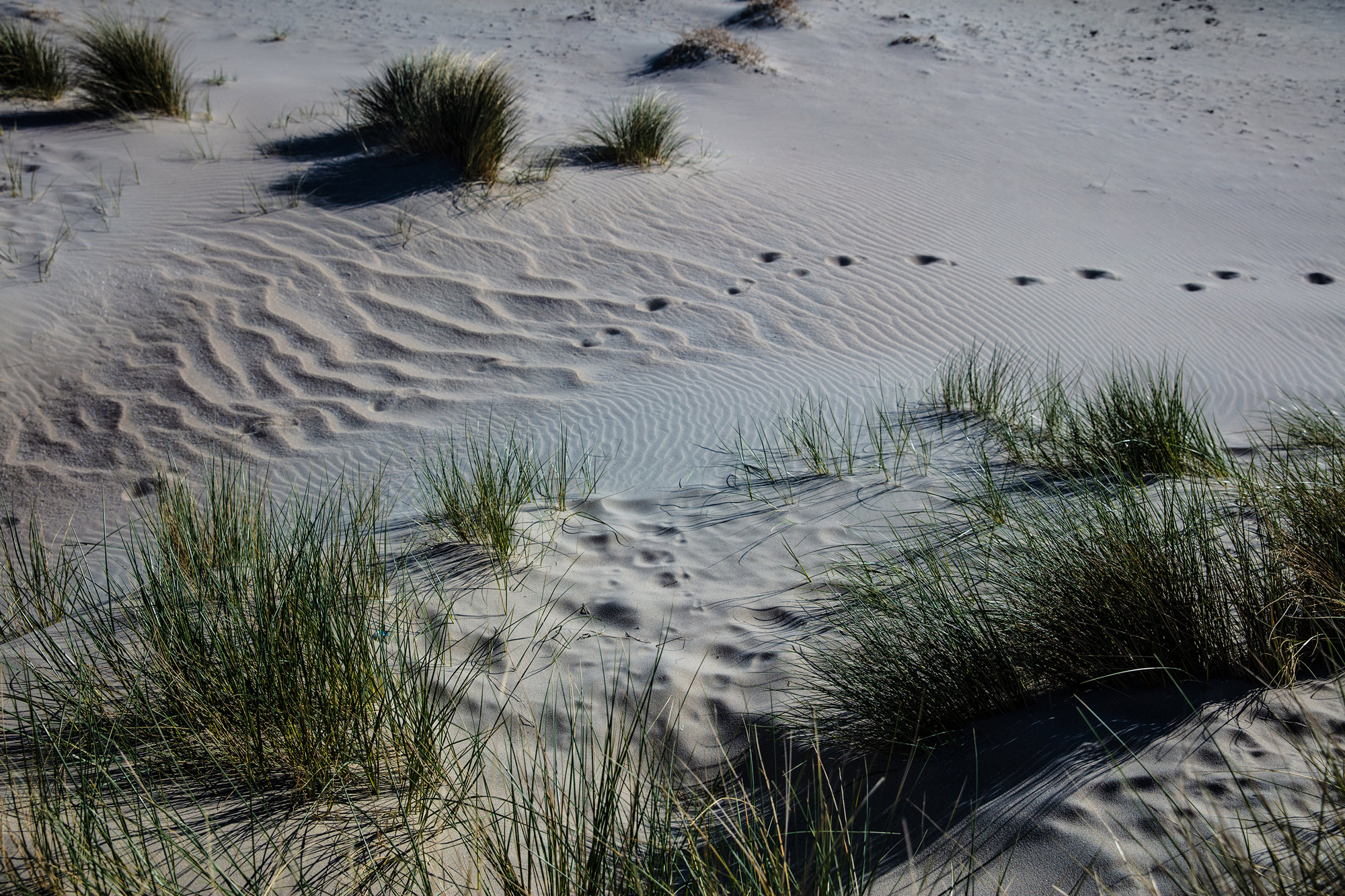

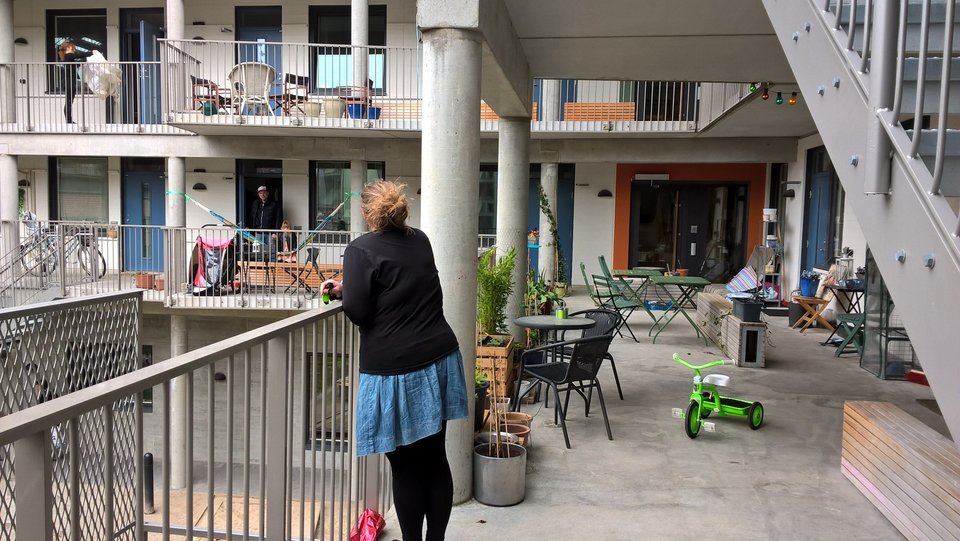
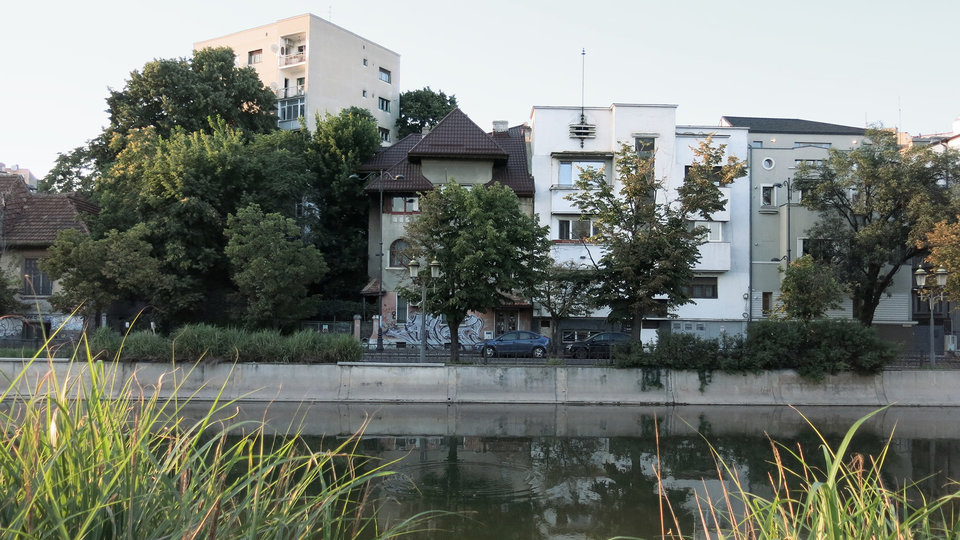

![[Translate to English:] [Translate to English:]](https://filelist.tudelft.nl/_processed_/0/b/csm_Header%20afbeelding%20InDetail%20-%20Stefan%20Buijsman%20-%202_01_8b72583971.jpg)
